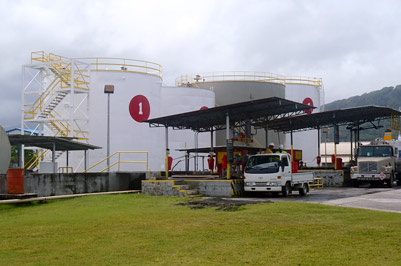
Our client is a state-owned electricity infrastructure company that owns, maintains and operates the electrical distribution networks to customers in New South Wales.
Objective
Our client had previously attempted implementation of an Electronic Document Records Management System (EDRMS) and the rollout process had failed twice. Change Factory was engaged to persuade and organise various management groups and staff groups to successfully adopt the EDRMS.
Scope
4,000 employees across a number of locations were involved in the change program. Our role was to communicate the strategic importance of the system at the same time as empowering employee groups to adopt a usage methodology that suited their purpose.
Approach
Apart from the implementation itself, we also had to address the organisation’s poor view of the EDRMS as a “poisoned chalice” and symbolic of failure. So part of our stakeholder management and communications strategy sought to break down these views and build new support for the project.
We designed a stakeholder map to determine which business groups had influence, and whether they displayed active or passive support or opposition. To develop the map, we ran a series of workshops, in which participants identified key groups, their levels and bases of power (such Coercive power, Reward power, Legitimate power, Referent power, Expert power and Informational power).
We then tailored change management strategies and plans, and communication strategies and plans for each stakeholder group. Using this information, the records management team developed targeted communications to engage stakeholders on their own terms, and in their own language. By understanding the power of various stakeholders, the records management team created persuasive key messages, opened previous resistant channels of communication and identified the best spokesperson to communicate next steps.
We were then able to design an EDRMS training program that delivered clear value to all the groups, which earned the full and enthusiastic support of senior executives.
Outcomes
As a result of well-researched, committed and organised stakeholder engagement, our client reported the following results:
- Training attendance increased from 30-40% (during previous failed rollouts) to over 90%
- Executive support became full and undiluted, with opposition to the program becoming almost non-existent
- EDRMS awareness post-training (back at the desk) increased from 40% to 50 to over 80%
- Positive response to the project was measured at 10:1.
- One division requested their rollout to be brought forward by six months.
Organisational Benefits
Our client achieved the successful implementation of their EDRMS to 4,000 users, and adoption of the software increased from 5% to 80%. EDRMS adoption has resulted in productivity gains, improved security of information and reduced risk for the business.
For example, our client is now able to collaborate digitally with external vendors in a multi-billion dollar capital works programme and are assured that they are using the latest versions of documents. They are also able to simplify their compliance audit for self-insurance, streamline their recruitment process through workflows.






